Carve Out Space for a Pantry
Pantries are the best way to store canned goods, jars and bottles, as they keep everything in one organized space, says Simon Lennox of Adornas Kitchens & Interiors.
Of course, not all of us have the luxury of being able to incorporate a huge pantry, but even a small one can be a real bonus. “A well-organized larder cupboard will add a lot of storage space to a kitchen without necessarily taking up [too much] space, as they can be made to any shape and size,” Odile Kipling of SoKipling says
Kipling has some advice on how to get the most out of your pantry. “Do an inventory of what you want to store … and measure the tallest, widest, smallest and heaviest items to make sure everything has a place and is easily accessible,” she says.
“Pullout shelves or shallow drawers are ideal at the lower levels, especially if the cupboard is deep, so you don’t have to kneel down and reach for the items at the back,” Kipling says.
She suggests that pantry pullouts above the countertop are less practical because you may not be able to see inside them. Here she recommends shallower shelves and a rack on the back of the door for condiments, spices or — if you have enough cupboard depth — larger items such as pasta boxes.
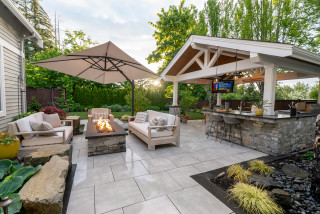

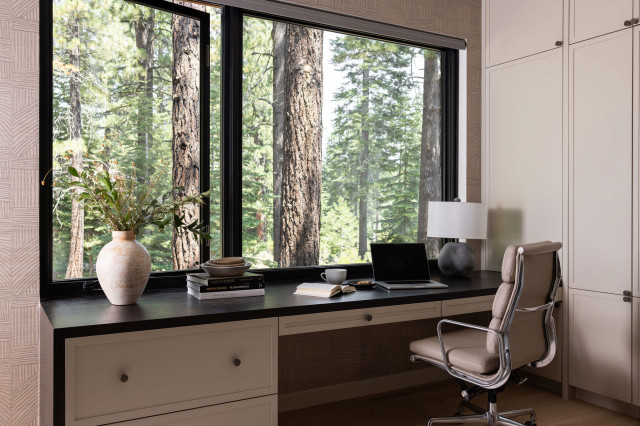
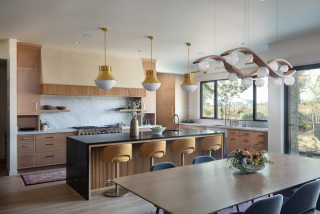
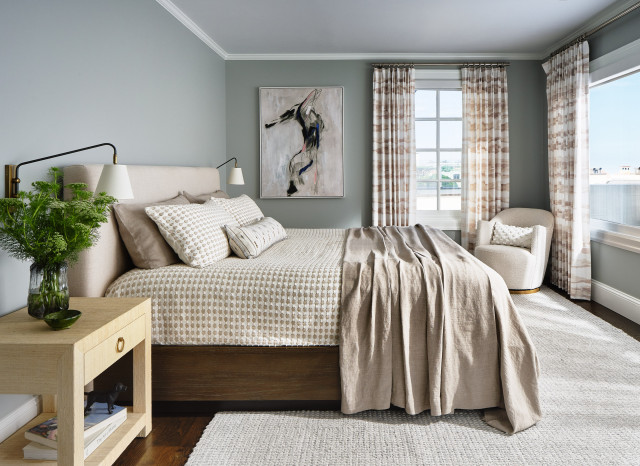
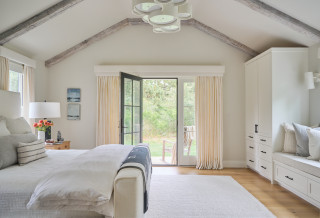
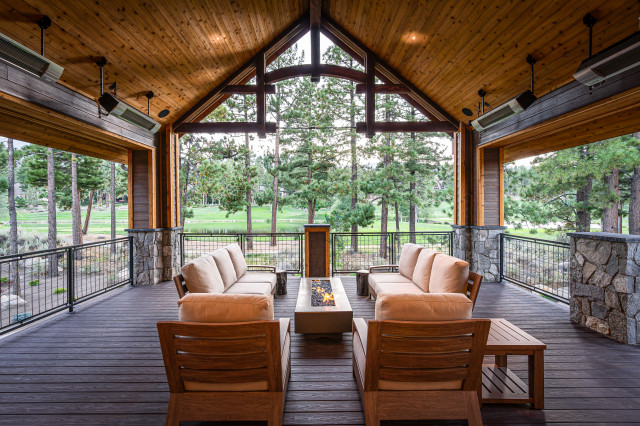
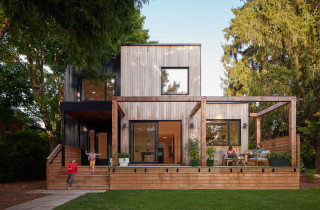

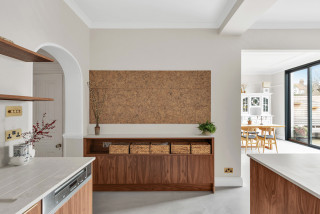

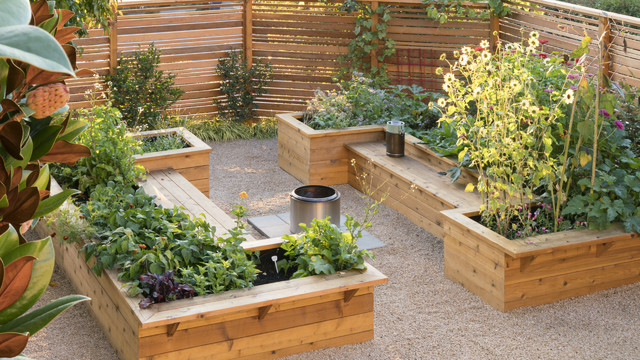


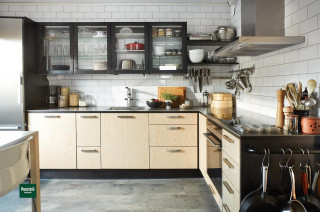

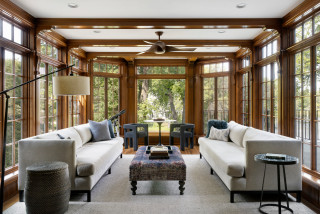
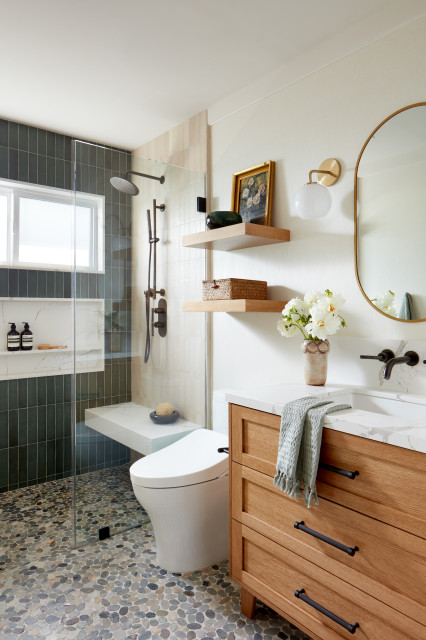
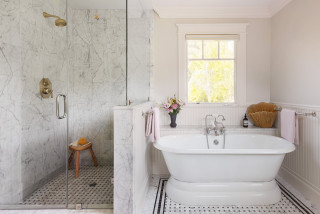

When you have too many plates spinning at the same time, they can all come crashing down around you, so try to focus on one task at a time. An effective strategy, according to James, is to block out time slots for each different activity.
“For instance, set aside blocks of time for client meetings, design concept development, sourcing materials, and administrative tasks,” he says. “Stick to your schedule as closely as possible to ensure you have dedicated time for all aspects of your work.”
“I also prefer blocking out a few hours each week for design work and try to switch off my phone or email in order to focus on the project in hand,” interior designer Chantel Elshout says.